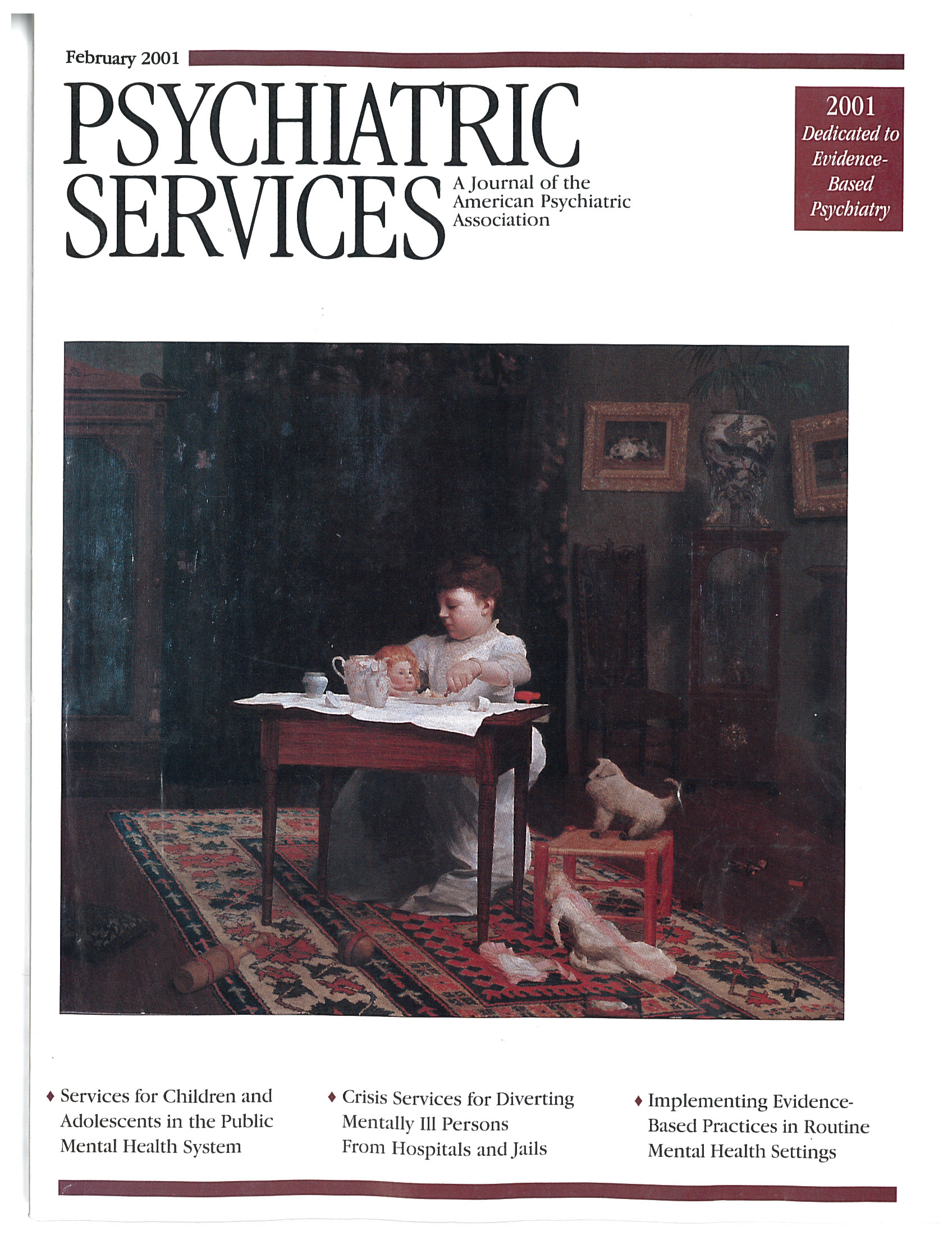A New Vision for Mental Health Treatment Laws: A Report by the LPS Reform Task Force
A New Vision for Mental Health Treatment Laws is the product of a task force set up in 1995 to study and offer recommendations for reforming California's mental health law on involuntary treatment for mental illness. The task force included professionals, patients, and family members. The report presents the authors' views on the problems caused by the complicated laws set forth in the Lanterman, Petris, Short Act, which they say have served to create in California "one of the most adversarial, costly, and difficult to administer involuntary treatment systems in the United States." It also puts forward proposals that the task force feels will improve the plight of mentally ill persons, their families, those who treat them, and society in general.
The report is divided into two broad sections. The first contains the introduction and the task force's recommendations. The second provides the background of the task force and articulates the rationale for the recommendations.
After the brief introduction, the report goes right into the recommendations of the task force to reform the current laws. This section is well written and easy to understand. The authors list 12 areas in which they have identified problems and offered specific suggestions to address them. The range of areas includes such basic items as defining mental illness, specifying criteria for commitment, and specifying target interventions such as emergency response teams and community assisted treatment programs.
Throughout this section, as in the rest of the report, the authors use quotations from patients, family members, and other involved parties such as attorneys and treatment providers. The quotations are vivid and moving, and they add punch to the authors' message. At the end of this section, a tabular comparison of the current system and the proposed reforms is provided. For someone unfamiliar with California laws, this comparison may be very difficult to follow before the entire report has been read.
The second section, which is divided into six chapters, provides the background on the task force and its recommendations. It presents a history of the current mental health laws and offers a historical perspective on the evolution of commitment laws from ancient Greece. This part was both informative and enjoyable reading. Section 2 also explicitly describes the current laws. The authors make a valiant effort to describe in very simple terms the legislative process and legal concepts. Again, quotations from patients and family are thoughtfully inserted to emphasize the problems with these laws.
Next in this section is a description of mental illness and the most common psychiatric diagnoses. As before, the language is simple and easy to understand, which is especially helpful for readers who are not mental health providers. This part also includes a touching account of a patient's view of mental illness. Two chapters review various aspects of treatment and the consequences of not receiving treatment, such as suicide, substance abuse, violence, and criminalization of the mentally ill.
At the end of the second section is an addendum containing testimonies of patients, family members, and professionals at a community hearing entitled "Mental Health Laws: Is Reform Overdue?" Their pain, suffering, and personal losses because of the current laws are movingly and vividly described. I found this to be the most powerful part of the report.
A New Vision for Mental Health Treatment Laws is an informative, brief description of the authors' view, perhaps at times biased, of the faults of the current California mental health laws and their consequences. For the most part, the language is simple and easy to understand, though sometimes I felt that the authors were presenting too much information too fast. I did not always agree with their definitions and concepts, but the authors nevertheless get high marks for trying to keep the report simple and enjoyable to read.
Dr. Sattar is an addiction psychiatry fellow in the department of psychiatry at Massachusetts General Hospital, Harvard Medical School, in Boston.



